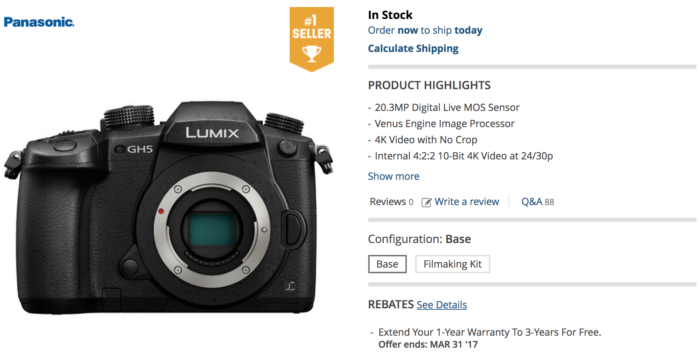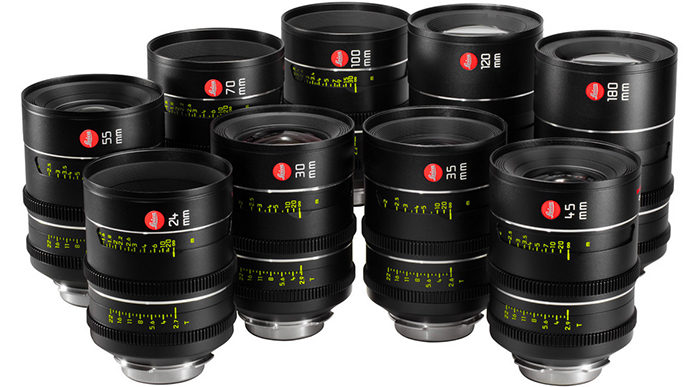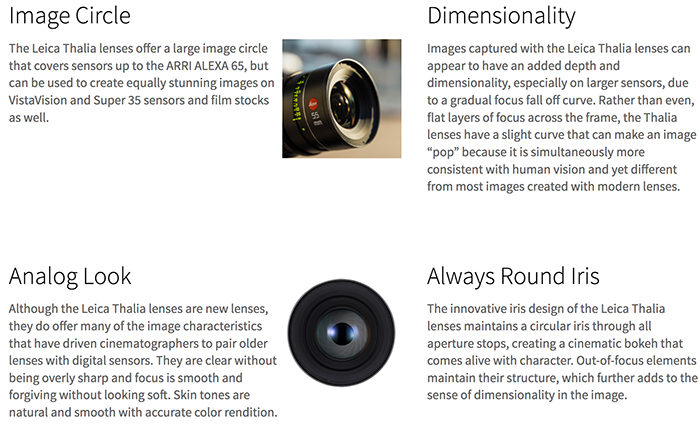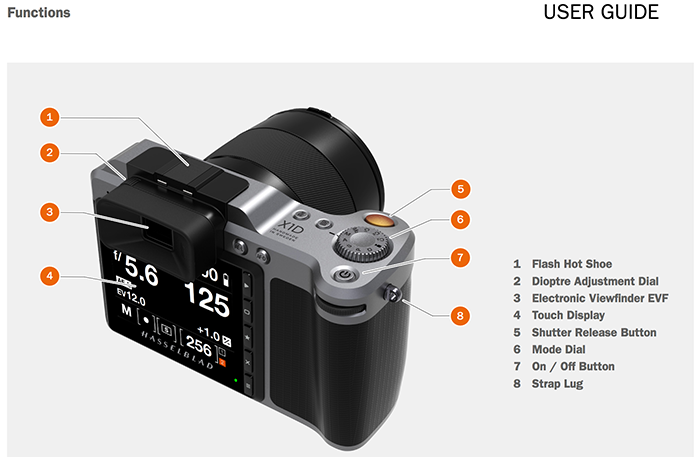The next Sony camera is the A7sIII while the next Fuji is the X-E3
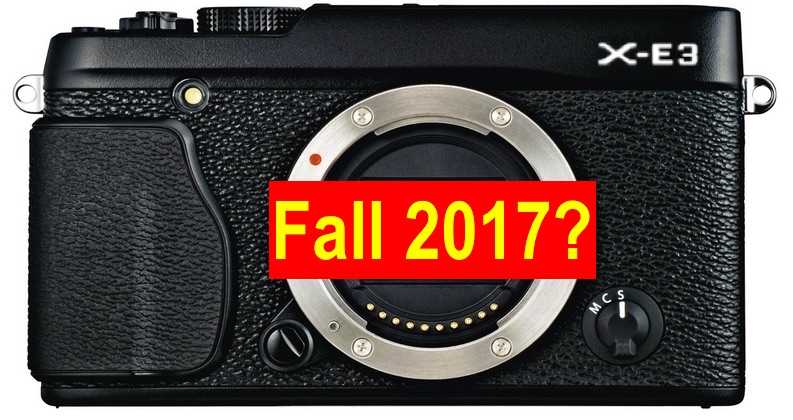
What are the next two cameras from Sony and Fuji? SAR reports that Sony could introduce the Sony As7III in April while Fujirumors reports the X-E3 is due for a launch this fall.
So Fuji for once will have a 6 months pause where they will probably evaluate the GFX impact. Sony on the other side might be a bit more busy with the A7sIII and probably a new A7III announcement this year.
